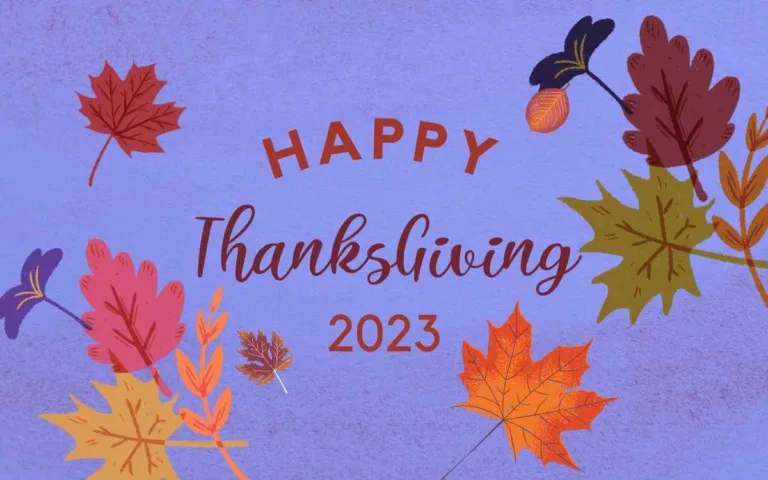Detroit’s Big 3 Faces Imminent Auto Strike!
September 14, expiration date of the contract, UAW and the involved companies, Big 3, hinting at imminent Auto strike, find themselves locked in contentious negotiations, with significant gaps separating their positions.
The looming threat of a walkout and consequential strike now hovers ominously.
The potential consequences of such a disruption could reverberate through the economy, posing substantial challenges for both labor and management alike.
Who are Big 3?
In the vast landscape of the American automotive industry, three giants stand tall, earning their nickname as the “Big 3.”
These automotive titans, General Motors, Ford Motor Company, and Chrysler Stellantis North America, have woven themselves into the fabric of American culture.
With a rich history spanning over a century, they have not only defined the automobile landscape but have also shaped the nation’s identity.

General Motors, affectionately known as GM, boasts a diverse portfolio of brands like Chevrolet, Cadillac, and GMC, catering to a wide range of consumers.
Ford, the pioneer of the assembly line, revolutionized mass production and accessibility to cars with iconic models like the Model T.
Meanwhile, Chrysler Stellantis North America brings a touch of luxury and innovation through brands like Chrysler, Dodge, and Jeep.
What is UAW?
The United Auto Workers Union, commonly known as UAW, is a formidable force that champions the rights and interests of around 150,000 hardworking individuals employed in the American vehicle manufacturing industry, which includes the renowned Big 3 automakers.

This union serves as a powerful advocate, tirelessly negotiating for fair wages, improved working conditions, and job security.
With a rich history of fighting for workers’ rights, the UAW remains a vital entity in ensuring the welfare of those who contribute to the backbone of the American automotive sector.
What is the problem between UAW and Big 3?
Big 3 and UAW have to sign a new contract as the old is terminating soon.
Thus, UAW has long list of demands like improved wages and benefits, protection against inflation, and an end to wage disparities between new and veteran hires.

UAW president, Shawn Fain, proposed significant wage increases, citing substantial compensation hikes for company executives in recent years.
History of autoworkers strike?
In 2019, GM motors, one of Big 3, workers have gone for 40 days of strike before an agreement prevailed.
However, strike against all of the Big 3 hasn’t happened before. But this time, it could be different.
Decades ago, the U.A.W. could single-handedly shut down a substantial portion of the U.S. economy, but times have changed.
Today, with foreign competition and non-union plants, the U.A.W. represents a smaller percentage of the workforce.
However, the union enters this year’s negotiations in a stronger position, thanks to the profitability of the Big Three automakers in recent years.
Union’s Demands and Strike Preparations
U.A.W. President Shawn Fain has left no room for ambiguity, urging union members to prepare for a potential strike unless their extensive list of demands are met.
Fain’s presidency has taken a more confrontational stance, signaling a willingness to escalate if necessary.
While strikes are not uncommon in the auto industry, the consequences this time around could be far-reaching.
The unprecedented possibility of a simultaneous strike against all three automakers would have a noticeable impact on the broader U.S. economy, affecting not only one state but also the nation at large.
Workers have organized rallies and gatherings to prepare for potential strikes, showcasing their resolve.
To cushion the impact of a work stoppage, the union has amassed an impressive strike fund of $825 million, pledging to provide financial support to striking workers.
The fund aims to provide $500 per week to striking employees and cover their health insurance premiums while they are off the job.
Is EV Transition is the Issue?
These negotiations occur at a pivotal moment for the auto industry, which is undergoing a massive transformation toward electric vehicles (E.V.s).

This transition to electric vehicles is a key factor in these negotiations. The Energy Department’s announcement of grants and loans to auto companies for E.V. production could influence the talks.
Stellantis, in particular, aims to introduce more electric models in the coming years, potentially retooling plants and addressing critical issues such as reopening the Belvidere plant in Illinois.
The terms of the new contract will determine the fate of both autoworkers and the companies as they navigate this E.V.-centric landscape.
E.V. production typically requires fewer workers than traditional gasoline-powered vehicles, adding complexity to the negotiations.
Politics at Play?
Beyond economics, there are political stakes at play.
In a bid to secure the United Auto Workers’ (U.A.W.) endorsement for his re-election campaign, President Biden is leaving no stone unturned.

While he has openly shown his support for the union, the U.A.W. has remained cautious, citing concerns about the distribution of electric vehicle (E.V.) jobs, which have received federal subsidies.
In a proactive move, Biden has even appointed a White House liaison to foster direct conversations between the union and the automotive industry.
The stage is set for critical discussions that could shape the future of both the U.A.W. and America’s E.V. industry.
Economic Fallout
The heartbeat of the U.S. economy, the auto industry, contributes a significant 3% to the nation’s GDP.
But, a mere ten-day strike against Detroit’s leading automakers would send shockwaves through the financial landscape.

This disruption could lead to colossal wage losses and manufacturer deficits, potentially soaring into hundreds of millions of dollars.
It’s a stark reminder of the industry’s profound impact on our economic tapestry.
Contentious Negotiations
Negotiations in the automotive industry are heating up, and contentious issues are at the forefront.
From profit-sharing bonuses to the utilization of temporary workers, cost-of-living wage increases, and retiree health care, there’s no shortage of disagreements.
Surprisingly, G.M. and Stellantis have yet to present counteroffers, raising eyebrows.
The United Auto Workers (U.A.W.) has taken a bold step, filing a complaint with the National Labor Relations Board, accusing the automakers of a lack of good faith in these critical negotiations.
The road ahead remains uncertain, but the stakes are undeniably high in this battle for workers’ rights.
Leadership’s Direct Involvement
In an unusual move, U.A.W. President Shawn Fain has actively joined the negotiating teams in talks with each automaker.
Typically, the union president steps in during the final stages of negotiations.
Fain’s direct involvement underscores the urgency of these talks.
To conclude
In summary, the looming threat of a strike in the auto industry underscores the high stakes in the negotiations between the U.A.W. and the Detroit automakers.
The outcome will not only impact the future of autoworkers but also the broader U.S. economy and the automotive industry’s trajectory in the era of electric vehicles.
As the September 14 deadline approaches, all eyes are on the bargaining table, where the fate of thousands of workers and the direction of the industry hang in the balance.







One Comment